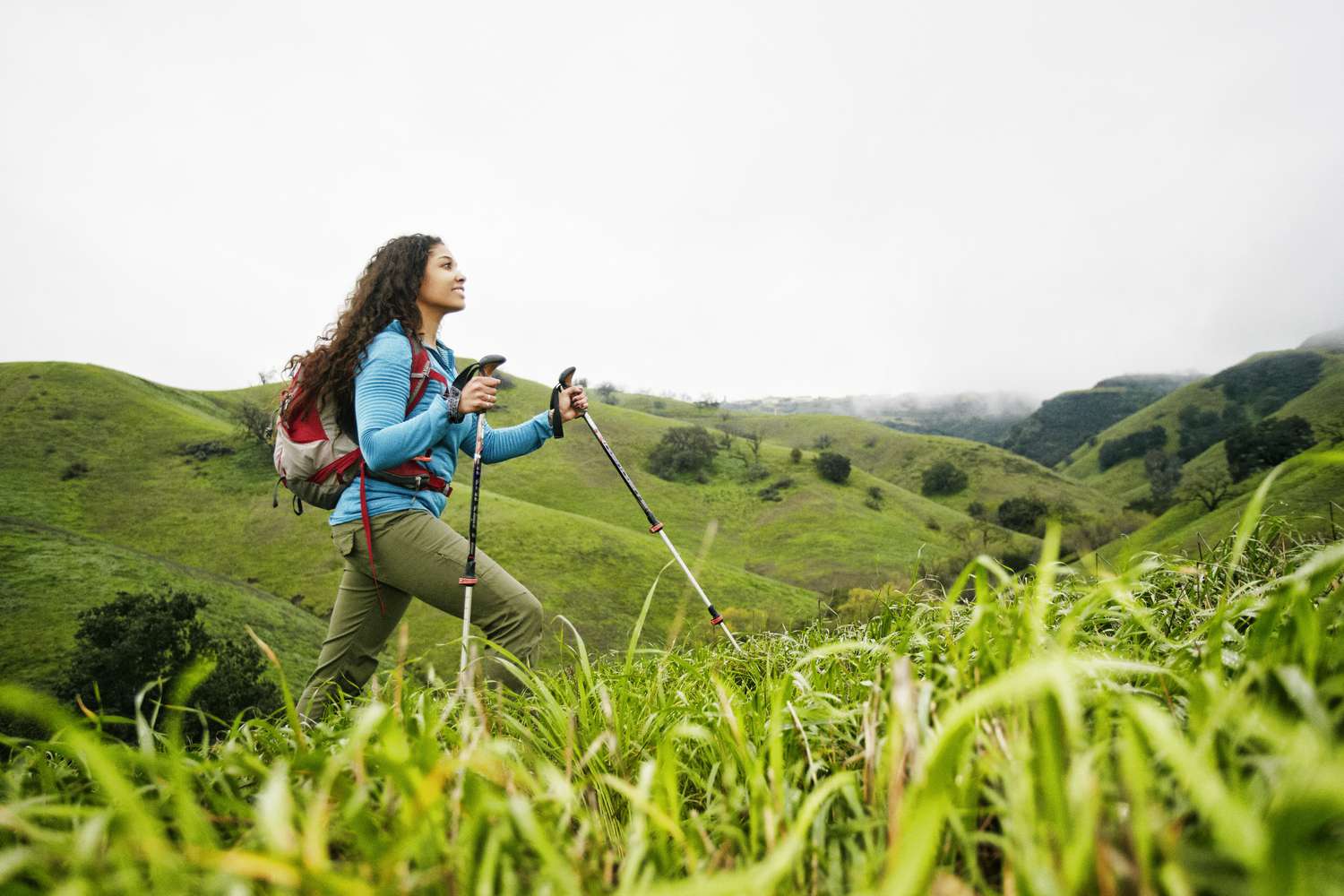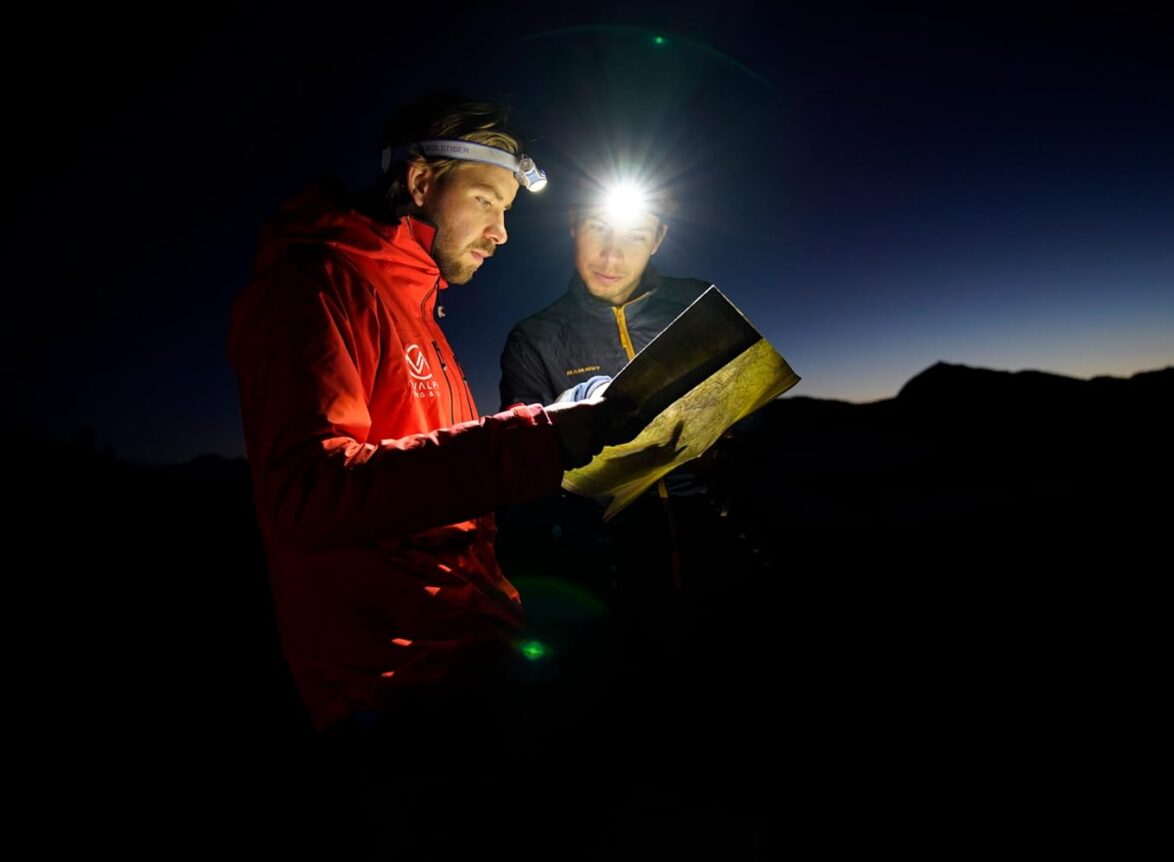Are Trekking Poles Helping or Hindering Your Hiking Experience?
A trekking pole (also known as a hiking pole) is basically a ski pole with a handle that you use when hiking.
Trekking poles are quickly becoming an accepted piece of equipment that does the same thing as a hiking boot or a trail running shoe: they increase efficiency and comfort, allowing users to cover more ground, at a higher speed, and with more physical enjoyment than previously believed possible. If you are interested in hiking with more pleasure and efficiency than before, trekking poles are for you.
Why Use Trekking Poles?
We use hiking poles when we have a heavier backpack on. There’s no getting around that when you have some serious weight on your back, hiking poles can help keep you stable, especially on a steep incline or decline.
If your hike requires stream crossings, trekking poles are great. Having two poles to anchor your way across a series of slippery rocks is invaluable. Even if we are not using trekking poles on hike, we should usually carry them in our pack just for this reason. Similarly, if we need to test the depth of a stream or see how muddy the bottom is, trekking poles get the job done.
If you are hiking in winter conditions, trekking poles are great for balance on a slippery and snowy trail. And when you’re crossing a frozen stream, using the trekking pole to test the ice is a great option.
When hiking amidst tall grass or vegetation you’d rather steer clear of, trekking poles offer a convenient means to gently push them aside, allowing you to hike through with ease.
If you have a steep downhill, trekking poles can provide good anchor points to balance against as you hike down.
Likewise, if you’re on a steep upslope, you can use poles to dig in and pull yourself up on.
If you want to make your hike more of a full body workout, there’s no denying that moving your arms back and forth will help you expend a little more energy. It’s also nice to get in a rhythm with hiking sticks.
If your hands swell when hiking, using trekking poles will keep the hands closer to the level of the heart, improving blood return to your heart.
You can use trekking poles as supports for an ultralight shelter. This will save you some weight in your pack. Even if you’re just day hiking, having a ultralight shelter in your pack (and hiking poles to support it) is a great way to be prepared for a survival emergency
Pros
- Reduce strain on knees during descents
- Improve balance when walking across rough terrain and stream crossings
- Help establish a walking rhythm
- A multi-purpose item that can be used to pitch tarps or ultralight tents
- Help you keep your stride or pace (you mentioned the walking rhythm)
- Great for balance on slippery rocks or uneven terrain
Cons
- Arm motion increases the amount of energy required
- Leaning forward on poles reduces the biomechanical efficiency of carrying a backpack
- Improper reliance on straps can lead to injury on falls due to wrist entrapment
- Poles can catch on trees and brush while hiking on narrow trails or bushwhacking
- Steel carbide tips can be potentially damaging to rocks and fragile plants
- Care must be taken when walking across scree fields to prevent poles from snapping










Leave a Comment
Your email address will not be published. Required fields are marked *